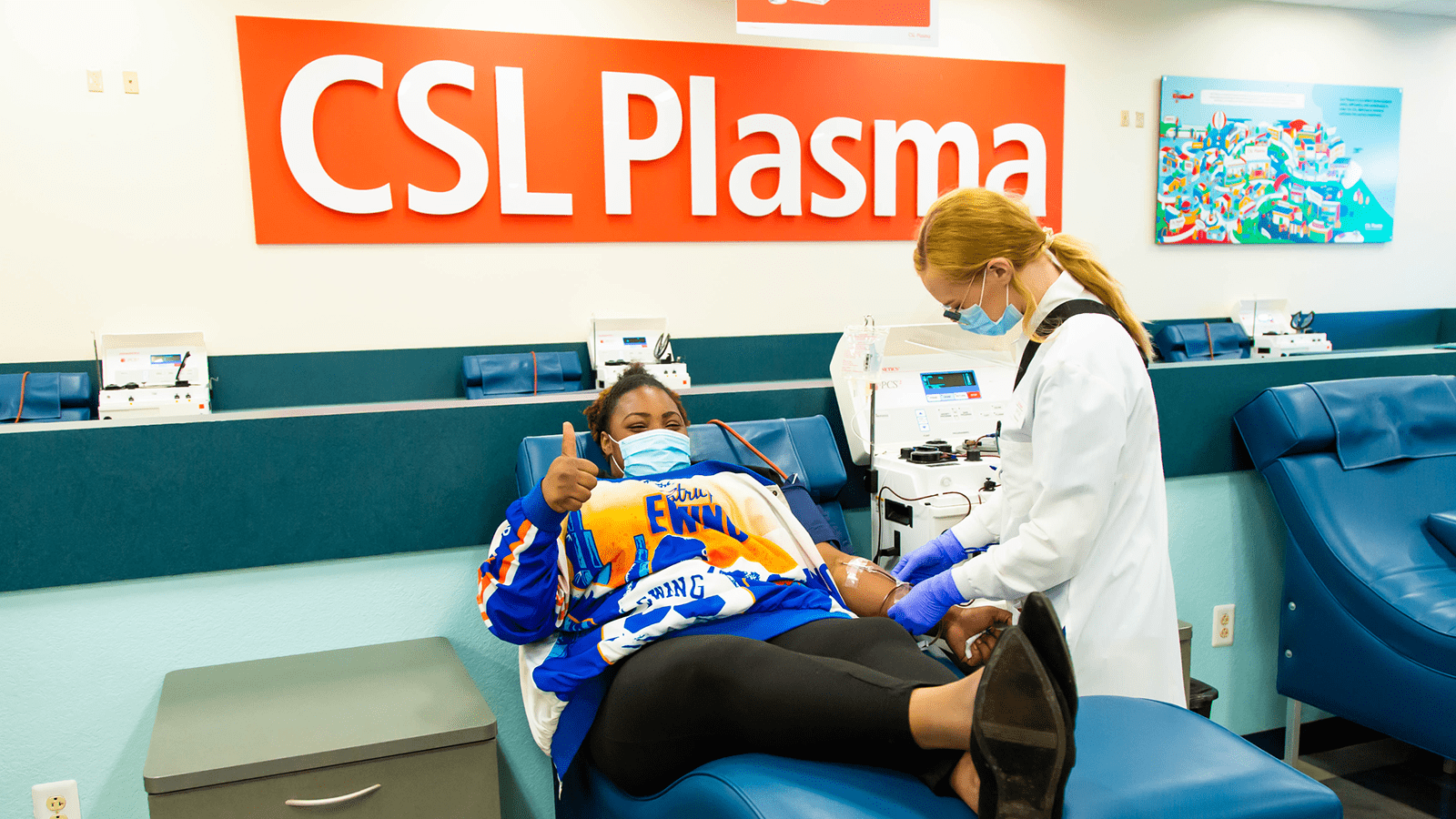Donor Assessment
In the U.S. and Europe, where CSL Plasma centres operate, the U.S. Food and Drug Administration (FDA) and European Medicines Agency (EMA) require rigorous donor suitability assessments to be undertaken before plasma is donated. The assessment serves a dual purpose, ensuring that plasma is collected from a healthy donor and that the donor’s health will not be jeopardised by the plasma donation. Outcomes of an assessment are shared with the donor. Donors who are not suitable are deferred, and the reason for the deferral and its implications are clearly explained. For first-time donors, special care is undertaken to explain the benefits and potential risks of plasma donation. First-time donors also receive, review and agree to the Plasmapheresis Informed Consent, which includes detail regarding laboratory testing, data privacy, potential discomforts and risks, the purpose of plasma donation and additional information important to plasma donation. Potential donors can also review information about eligibility criteria online at the CSL Plasma website prior to making a donation or visiting a centre. The donor assessment process requires the collection of pertinent personal information. Across all CSL Plasma centres, systems are in place to protect donor confidentiality and privacy.
Find out more at CSL Plasma




